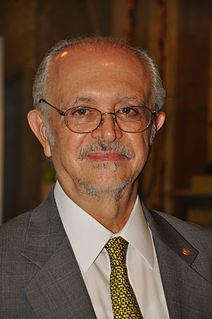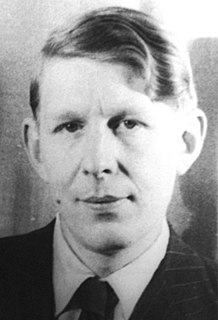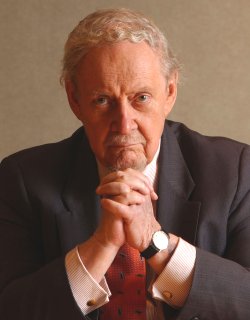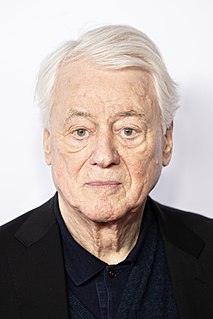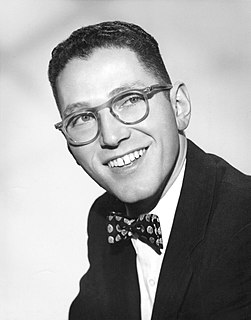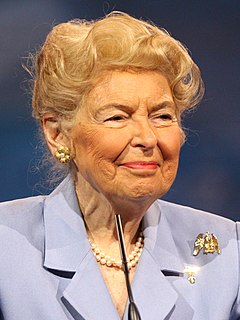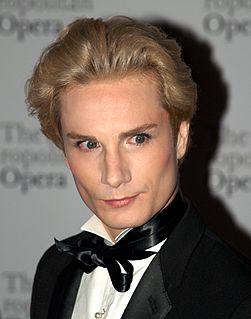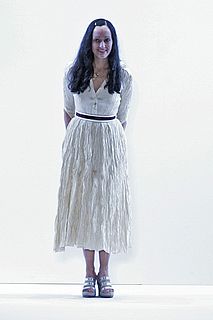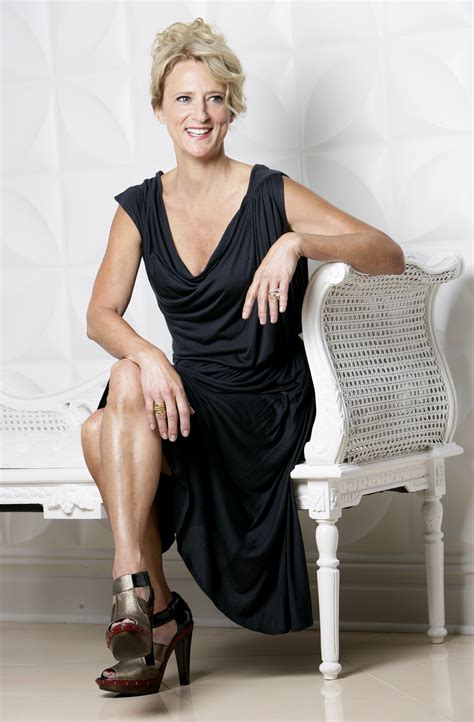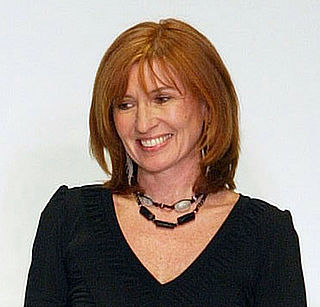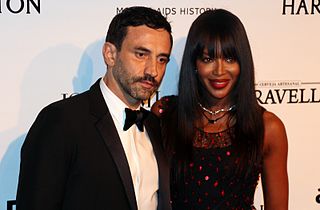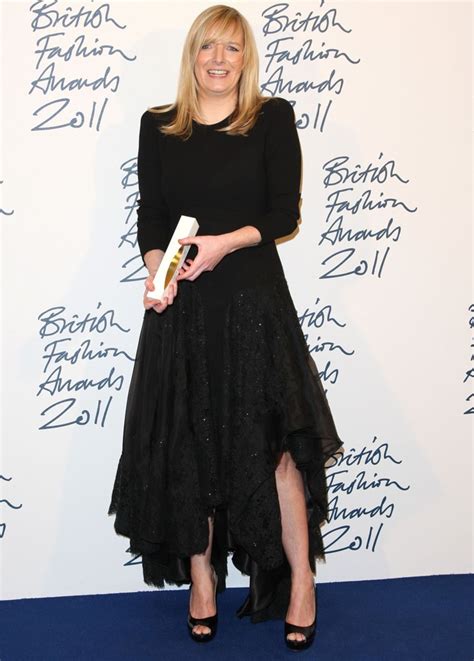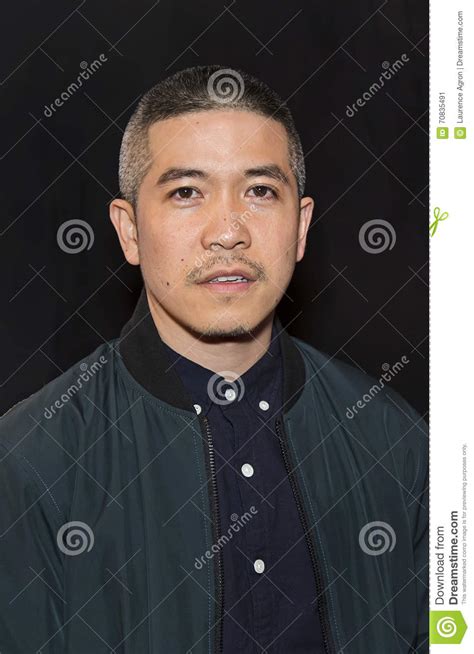A Quote by Paul Smith
I was engaged in all the required courses of math and geometry, but the area that I blossomed in was the art program.
Related Quotes
There are a few other things that I built when I was at Harvard that were kind of smaller versions of Facebook. One such program was this program called Match. People could enter the different courses that they were taking, and see what other courses would be correlated with the courses they are taking.
When I got to college, I planned to be a math major, and, in addition to signing up for some math courses, I decided to take some philosophy. Quite by chance, I took a philosophy of science course in which the entire semester was devoted to reading Locke's Essay. I was hooked. For the next few semesters, I took nothing but philosophy and math courses, and it wasn't long before I realised that it was the philosophy that really moved me.
The average student emerges at the end of the Ph.D. program, already middle-aged, overspecialized, poorly prepared for the world outside, and almost unemployable except in a narrow area of specialization. Large numbers of students for whom the program is inappropriate are trapped in it, because the Ph.D. has become a union card required for entry into the scientific job market.
Fashion is not just about what we wear, but...fashion is also a business. It is an art, it's a career that involves science, engineering, accounting and so much more. People can learn about the math behind Charles James' designs, and think, 'Maybe I should pay closer attention to geometry this semester'
In colleges, there are no gender separations in courses of study, and students can freely choose their majors. There are no male and female math classes. But women generally choose college courses that pay less in the labor market. Those are the choices that women themselves make. Those choices contribute to the pay gap.



